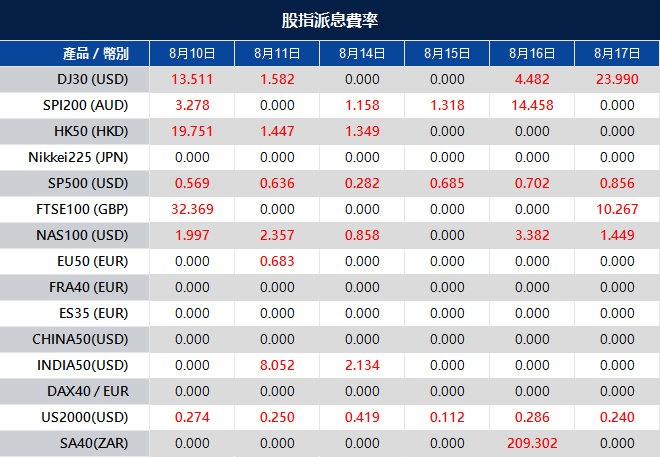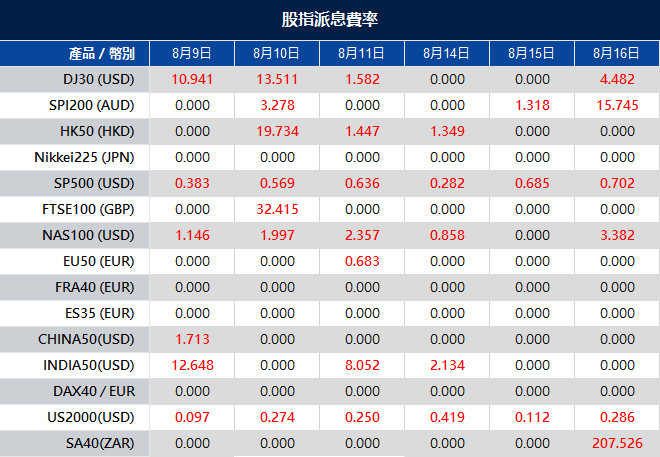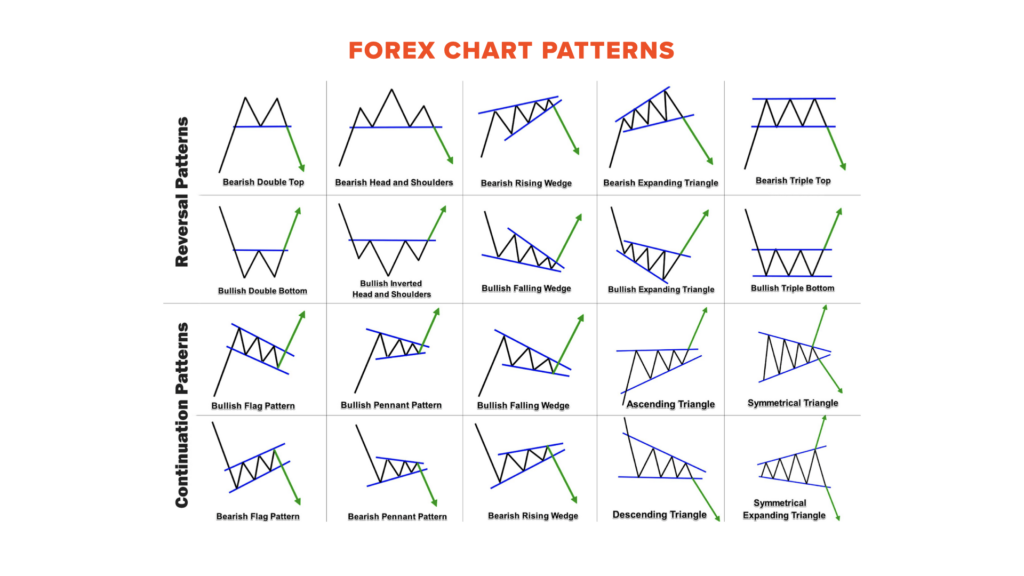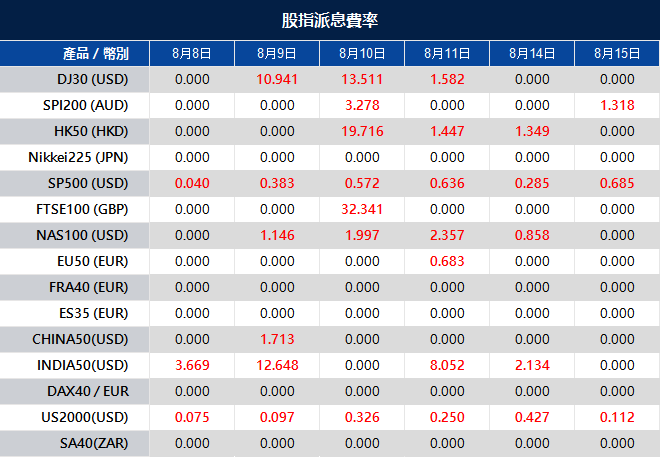Chess and trading might be two vastly different activities, but a surprising number of similarities lie beneath the surface. Not only do they provide thrilling mental stimulation within a fast-paced environment, but they also demand the same vital skills essential for success: pattern recognition, visual analysis, and lightning-quick decision-making. Just like top chess players, the most skilled traders possess the remarkable ability to analyse situations on the fly and make sound decisions, giving them a strategic advantage in the market.
When seeking an exemplary role model for trading, it’s hence difficult to look beyond Magnus Carlsen, the world’s current number-one-ranked chess grandmaster. His multiple achievements—five World Chess Championships, four World Rapid Chess Championships, and six World Blitz Chess Championships— solidify his position as the best player in modern times, perhaps even of all time.
Taking inspiration from the world’s leading chess player, here are four key insights that traders can use to their own advantage when trying to beat the markets:
1. Unlock Success with Thorough Preparation
Parse through any of Magnus Carlsen’s interviews and you’ll see just how much he sincerely loves chess. Ask him to name any historical (and even fictional) games and he can effortlessly recall every move. Some might attribute these incredible skills simply to the natural gifts of a brilliant mind, but to do so would be to diminish the sheer work ethic that goes into honing Magnus’ genius. More than anything, Magnus is a student of the game, and his passion for learning more is what drives him to memorise plays and compete at the highest level.
Trading requires a similar level of preparation. While it’s probably unrealistic to expect the average trader to memorise price fluctuations and graphs from years and decades past, there’s still significant value to be had in doing fundamental research, staying on top of trends, and performing other forms of due diligence.
Much like Carlsen, many of the world’s most successful traders attribute their achievements to their genuine love for learning. They soak up knowledge like sponges and apply well-researched insights in their analyses. Embracing a similar approach—prioritising continuous learning and harnessing the wisdom of past trends—can immensely benefit any trader, regardless of knowledge or experience.
2. Outmanoeuvre the Odds with Calm, Strategic Thinking
We cannot discuss Magnus Carlsen without delving into his strategic and tactical brilliance. A prime example of this was his remarkable victory in the finals of the Clutch Chess International in 2020. Carlsen managed to bounce back after being defeated four times in a row by Fabiano Caruana. Instead of simply defending his threatened pieces, Carlsen decided to take a daring position with his rook, setting off a sequence that eventually led Caruana to throw in the towel.
It’s plays like these that really demonstrate the brilliance of Magnus Carlsen. When the chips are down and the stakes run high, he remains composed and exploits opponents’ blunders, relying on reason and a cool head to persevere amid adversity.
Trading, with all its parallels to chess, also bodes well for those with a strategic and analytical mindset. Facing the uncertain ebb and flow of the markets, it is the trader who can keep a cool head who is most likely to capitalise on hidden opportunities and avoid the emotionally driven decision-making that so often leads to ruin.
3. Master the Game of Risk
Strategic thinking aside, trading and chess also share a common emphasis on risk management. However, there is no one-size-fits-all approach to handling risk in either domain. Some traders might find themselves aligned with the daring spirit of Mikhail Tal or Wesley So, both known for their bold sacrifices and swashbuckling approach on the chessboard. On the other hand, more conservative traders might find comfort in the cautious approach of the late Tigran Petrosian, notably reserved in his approach to positional play.
Alternatively, some traders might also find a middle ground similar to Magnus Carlsen, whose approach to chess blends both styles to spectacular effect. While Magnus generally leans towards a patient strategy, he is not averse to taking calculated risks when the situation demands it. For instance, in a 2022 game against grandmaster Sam Shankland, Carlsen employed the rarely-played Von Hennig-Schara gambit, catching Shankland off guard and setting the tone for the rest of the match. However, Magnus has also experienced the consequences of being too risky, as seen in his 2016 series against Sergey Karjakin when he turned down a draw, leading to a loss. This experience prompted him to become more risk-averse, opting for a draw in the next game.
As a trader, it is essential to follow Magnus’s lead and understand your own risk tolerance. Are you comfortable making bold moves, and do you have the resources to manage potential risks? Conversely, are you hindering your progress by being too conservative in your trading approach? These are questions only you can answer, but Magnus’ own approach to chess is a valuable reminder that a flexible approach to risk can be immensely rewarding as long as it is managed prudently.
4. Keep Your Emotions in Check
Magnus Carlsen’s long-standing rivalry with the world’s second-ranked grandmaster, Hikaru Nakamura, is undeniably one of the most captivating in chess. However, it is admittedly not much of a rivalry in terms of competition. Carlsen has consistently dominated Nakamura in their head-to-head clashes, suffering only one loss in Classical chess. Moreover, he boasts an impressive record of 87 wins to Nakamura’s 37 (with 114 draws) in exhibition games.
While Carlsen’s victories over Nakamura undoubtedly highlight his exceptional chess technique, there is also an evident psychological advantage that Carlsen holds over the notably emotional Nakamura. Multiple instances in the past have seen Nakamura cracking under intense pressure while facing Carlsen. In contrast, Carlsen has earned a reputation for being cool and calculating, even exploring a career as a poker player in recent years.
Of course, emotions are a natural part of being human, and we cannot always control their presence. But when it comes to both trading and chess, emotions can often be detrimental. As Nakamura and Carlsen have demonstrated, emotions can interfere with making sound analytical decisions, while composure can be the key to navigating stressful situations.
In the unpredictable arena of the financial markets, traders will undoubtedly encounter intense emotional pressures from time to time. Should you find yourself in such a situation, consider drawing inspiration from Magnus Carlsen, floating above emotion to make room for your game-winning move.
Checkmate the markets with your trading skills. Click here to open your account and begin your quest for financial victory.




























